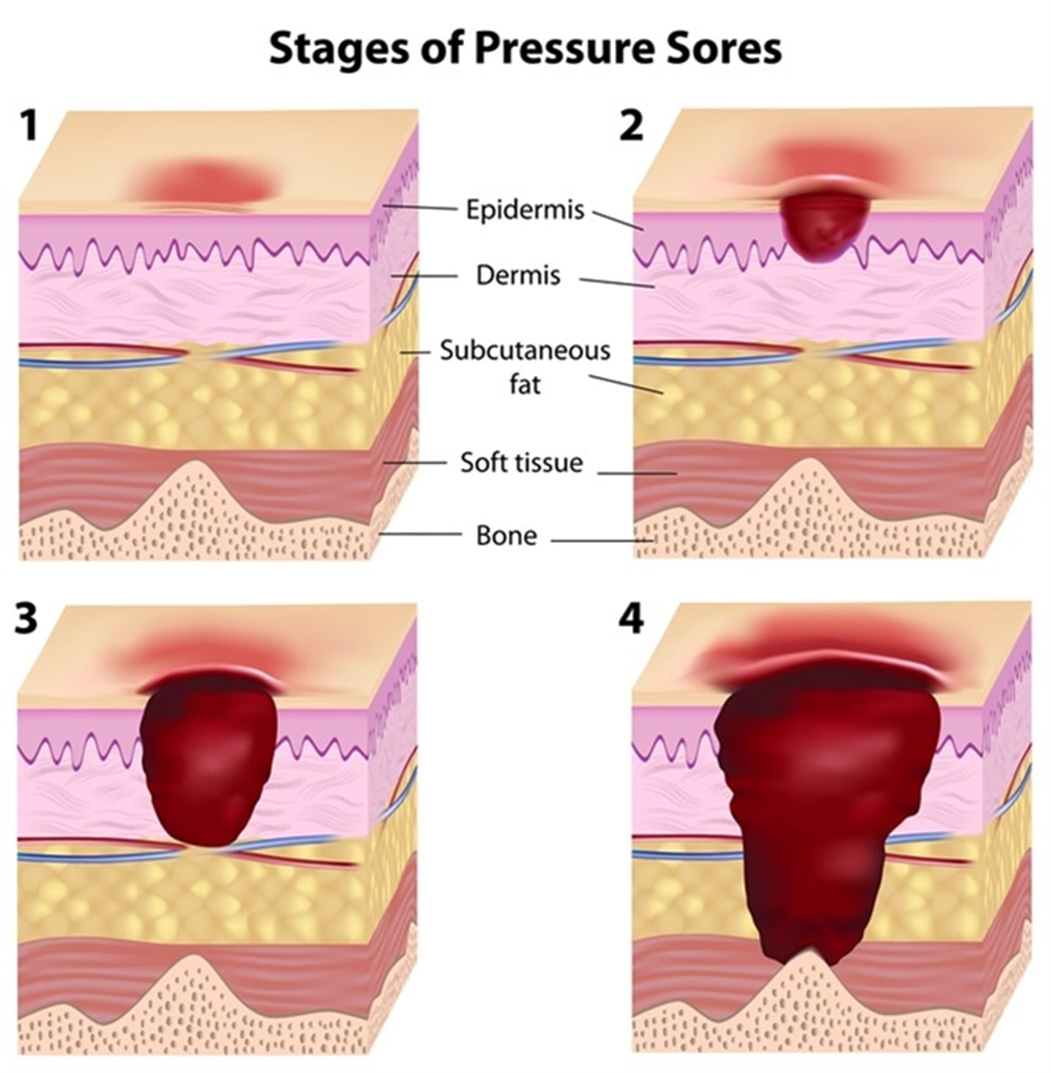A nurse working on a medical-surgical unit is managing the care of four clients. The nurse should schedule an interdisciplinary conference for which of the following clients?
A client who has orthostatic hypotension and is receiving IV fluids
A client who has Type 1 diabetes and uses an insulin pump
A client who is at risk for pressure ulcers and has an albumin level of 4.2 g/dL
A client who is receiving heparin and has an aPTT of 34 seconds
The Correct Answer is D
Choice A reason: This client does not need an interdisciplinary conference because their condition is not complex or chronic. The nurse can manage the client's care by monitoring their vital signs, fluid intake and output, and hydration status. The nurse can also educate the client on how to prevent orthostatic hypotension by changing positions slowly and wearing compression stockings.
Choice B reason: This client does not need an interdisciplinary conference because their condition is well-controlled and self-managed. The nurse can manage the client's care by checking their blood glucose levels, administering insulin as prescribed, and providing dietary and lifestyle education. The nurse can also collaborate with the diabetes educator or the endocrinologist if needed.
Choice C reason: Although this client is at risk for pressure ulcers, their albumin level is within the normal range, indicating adequate nutritional status. Low albumin levels are often associated with poor wound healing and increased risk of skin breakdown, but in this case, nutrition does not appear to be a concern. Preventive measures, such as regular repositioning, skin assessments, and pressure-relieving devices, can be implemented by nursing staff without requiring an interdisciplinary meeting.
Choice D reason: This client is the most appropriate candidate for an interdisciplinary conference. The activated partial thromboplastin time (aPTT) is a critical lab value for monitoring heparin therapy, and a level of 34 seconds is below the therapeutic range. A subtherapeutic aPTT increases the risk of clot formation, indicating that the heparin dose may need to be adjusted. An interdisciplinary team, including the physician, pharmacist, nurse, and laboratory personnel, should collaborate to ensure safe and effective anticoagulation management. This conference would allow for a discussion on dosage adjustments, potential medication interactions, and continued monitoring to prevent complications such as deep vein thrombosis or pulmonary embolism.

Nursing Test Bank
Naxlex Comprehensive Predictor Exams
Related Questions
Correct Answer is B
Explanation
Choice A reason: Closing the fire doors and the doors to the clients' rooms is an action that the nurse should take after activating the fire alarm, as it helps to contain the fire and prevent smoke inhalation.
Choice B reason: Activating the fire alarm is the first action that the nurse should take after removing the client from the room, as it alerts the fire department and the rest of the staff and clients about the fire.
Choice C reason: Extinguishing the fire is an action that the nurse should take only if the fire is small and confined, and after activating the fire alarm and ensuring the safety of the client and self. The nurse should use the appropriate fire extinguisher and follow the PASS technique (pull, aim, squeeze, sweep).
Choice D reason: Removing all clients from the unit is an action that the nurse should take only if the fire is large and spreading, and after activating the fire alarm and ensuring the safety of the client and self. The nurse should follow the RACE protocol (rescue, alarm, confine, extinguish/evacuate) and the facility's emergency plan.
Correct Answer is A
Explanation
Choice A reason: A nurse places a mask on a client with tuberculosis before transport to the radiology department is a safe handling technique, as it prevents the transmission of airborne pathogens to other clients and staff. The nurse should also wear a respirator and follow the standard and airborne precautions.
Choice B reason: A nurse cleans up a blood spill with hydrogen peroxide is not a safe handling technique, as it can damage the skin and mucous membranes and cause irritation and infection. The nurse should use a bleach solution or an approved disinfectant to clean up blood spills and follow the standard and contact precautions.
Choice C reason: A nurse removes her gown after leaving the client's room is not a safe handling technique, as it can contaminate the environment and expose the nurse to infectious agents. The nurse should remove the gown before leaving the client's room and dispose of it in a designated receptacle.
Choice D reason: A nurse disconnects an indwelling urinary catheter from the drainage bag to collect a specimen is not a safe handling technique, as it can introduce bacteria into the urinary tract and cause infection. The nurse should use a sterile syringe and needle to aspirate the specimen from the sampling port and follow the standard and contact precautions.
Whether you are a student looking to ace your exams or a practicing nurse seeking to enhance your expertise , our nursing education contents will empower you with the confidence and competence to make a difference in the lives of patients and become a respected leader in the healthcare field.
Visit Naxlex, invest in your future and unlock endless possibilities with our unparalleled nursing education contents today
Report Wrong Answer on the Current Question
Do you disagree with the answer? If yes, what is your expected answer? Explain.
Kindly be descriptive with the issue you are facing.
